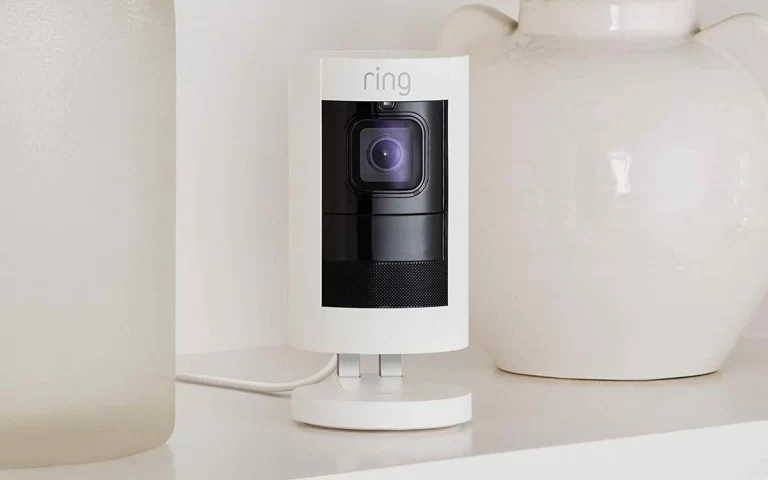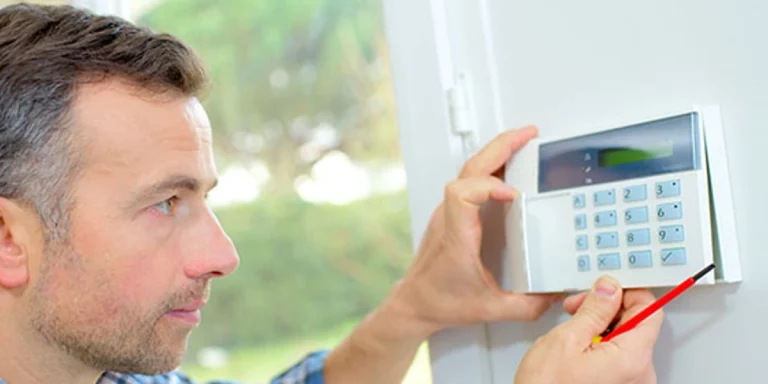What are the Risks Associated with Bump Keys
Bump keys have gained attention in recent years due to their potential threat to home security. These specialized keys, also known as lock bumping keys, can be used to easily bypass traditional pin and tumbler locks, allowing unauthorized access to homes and properties.
In this article, we will explore the risks associated with bump keys and discuss ways to protect your home from this potential security vulnerability.
What is a Bump Key?

Before diving into the risks, it’s important to understand what exactly a bump key is and how it works. A bump key is a specially crafted key that is designed to exploit the mechanism of pin and tumbler locks.
These locks are commonly found in residential properties and rely on a series of pins and springs to secure the lock cylinder.
A bump key typically has its cuts filed down to the lowest depth possible, ensuring that it can fit into the lock. When inserted into the lock, the key is then struck or “bumped” with a hammer or other similar tool.
The force of the impact causes the pins to momentarily jump, allowing the key to turn freely and unlock the door.
How Do Bump Keys Pose a Risk?
Here are a couple of ways bump keys can be a threat rather than a solution:
1. Easy Accessibility
One of the main risks associated with bump keys is their easy accessibility. Bump keys can be purchased online or even easily made by individuals with basic locksmithing skills.
This means that potential intruders can acquire these keys without much difficulty, increasing the overall risk to your home security.
2. Minimal Skill Required
Another concerning aspect of bump keys is that they require minimal skill to use effectively.
Unlike traditional lock-picking techniques that require practice and expertise, using a bump key can be learned relatively quickly. This accessibility makes it a popular method for unauthorized individuals to gain entry into homes.
3. Non-Destructive Entry
Unlike forced entry methods such as breaking windows or picking locks, bump keys allow for non-destructive entry.
This means that an intruder can gain access to your home without leaving any visible signs of forced entry. This can make it difficult to determine if your home has been compromised.
4. Widespread Vulnerability
The pin and tumbler lock mechanism, which bump keys exploit, is commonly found in many residential properties. This widespread use makes bump keys a potential risk for a large number of homes.
It’s important to be aware of this vulnerability and take appropriate measures to protect your property.
Protecting Your Home from Bump Key Attacks

Now that we understand the risks associated with bump keys, let’s explore some effective ways to protect your home from such attacks:
1. Upgrade Your Locks
Consider upgrading your locks to more secure options that are resistant to bumping. High-security locks, such as those with complex pin systems or electronic locking mechanisms, provide an added layer of protection against bump keys.
2. Install Deadbolt Locks
Deadbolt locks are more resistant to bump key attacks compared to standard spring latch locks. Choose deadbolt locks with hardened steel bolts that extend fully into the door frame to ensure maximum security.
3. Reinforce Door Frames
Strengthening your door frames with reinforcing plates and strike plates can make it more difficult for intruders to gain entry, even if they have a bump key. These additional reinforcements provide extra resistance against forced entry attempts.
4. Use Security Cameras and Alarms
Install security cameras and burglar alarms as a deterrent and detection measure. Visible security cameras can discourage potential intruders, while alarms can alert you and your neighbors to any suspicious activity.
5. Secure Windows and Sliding Doors
Don’t overlook the importance of securing windows and sliding doors. Install window locks and reinforce glass panes with security film. Sliding doors can be fitted with additional locks or bars to prevent unauthorized access.
6. Keep Your Property Well-Lit
Adequate outdoor lighting can help deter burglars by eliminating potential hiding spots and making it more difficult for them to approach your property unnoticed. Consider installing motion-activated lights near entry points and in dark areas.
Conclusion
Protecting your home from bump key attacks is crucial in maintaining the security of your property and the safety of your loved ones.
By understanding the risks associated with bump keys and implementing appropriate security measures, you can significantly reduce the likelihood of unauthorized access.
Upgrade your locks, reinforce your doors, and consider installing security systems to create multiple layers of defense. Stay vigilant and take proactive steps to safeguard your home against potential threats.
READ ALSO!!!





